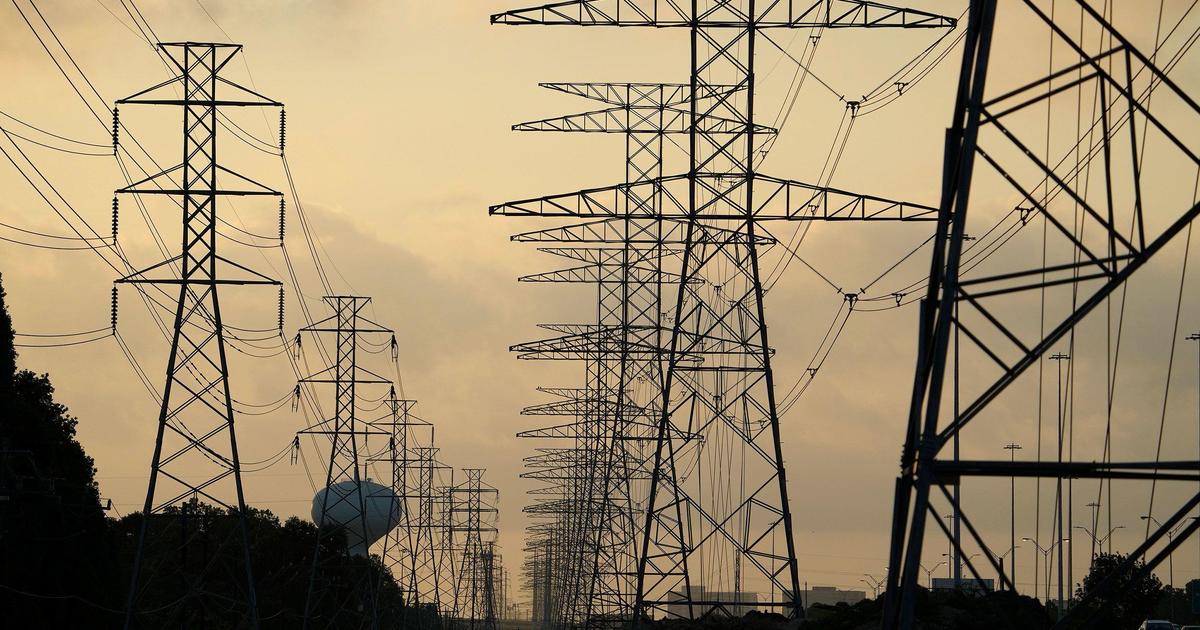Environmental consequences more dire as Texas prairie land dwindles
North Texas, accustomed to scorching temperatures, witnessed its third-hottest summer and fourth-warmest fall, with a record-breaking 21 consecutive days of 100°F or higher. The region's once-vast prairies, essential for maintaining ecological balance, have diminished to less than 1% of their original 20 million acres.
The rich soils that sustained the tall grass prairies were instrumental to the success of our nation's agriculture. However, diminishing prairie land now has consequences for the environment, disrupting the crucial carbon cycle that helps reduce carbon dioxide in the atmosphere.
"Not very many people eat grass. So the natural product of the prairie was not of interest for agriculture," said John Nielsen-Gammon, Texas State Climatologist. "We ended up basically plowing up large portions of the prairie in order to plant crops slowly."
This summer's heatwave triggered the prairie land to enter an early dormancy, resulting in it drying out sooner than usual. Patrick Newman, the CEO of the Fort Worth Botanic Garden, asserts that this is a direct link to climate change and a warming planet.
"These prairies, whether they are restored prairies, intact berries, or reconstructed prairies, we're seeing them sort of become less and less of the equation," said Newman. "What we are advocating for, and we want to see is they should be a part of the overall equation that we can develop smartly."
Despite experiencing extreme drought, North Texas faces challenges in rain absorption due to the lack of well-established prairies. Prairie lands with deep-rooted grasses help regulate the hydrologic cycle, preventing flooding.
With less rainfall, drought conditions escalate, elevating the risk of wildfires. While fires are often seen as destructive, they play a crucial role in maintaining prairie health.
Efforts for prairie restoration involve long-term management methods like grazing, mowing, and haying. These practices maintain floral diversity, remove woody or invasive species, and reduce weed growth.
Additionally, efforts are underway to plant seeds in areas converted to other land uses, aiming to increase this natural resource, preserve groundwater, and store carbon dioxide.
For stories about how winter is changing across the country, and to watch the documentary 'On the Dot' please visit Arctic melting foreshadows America's climate future.




